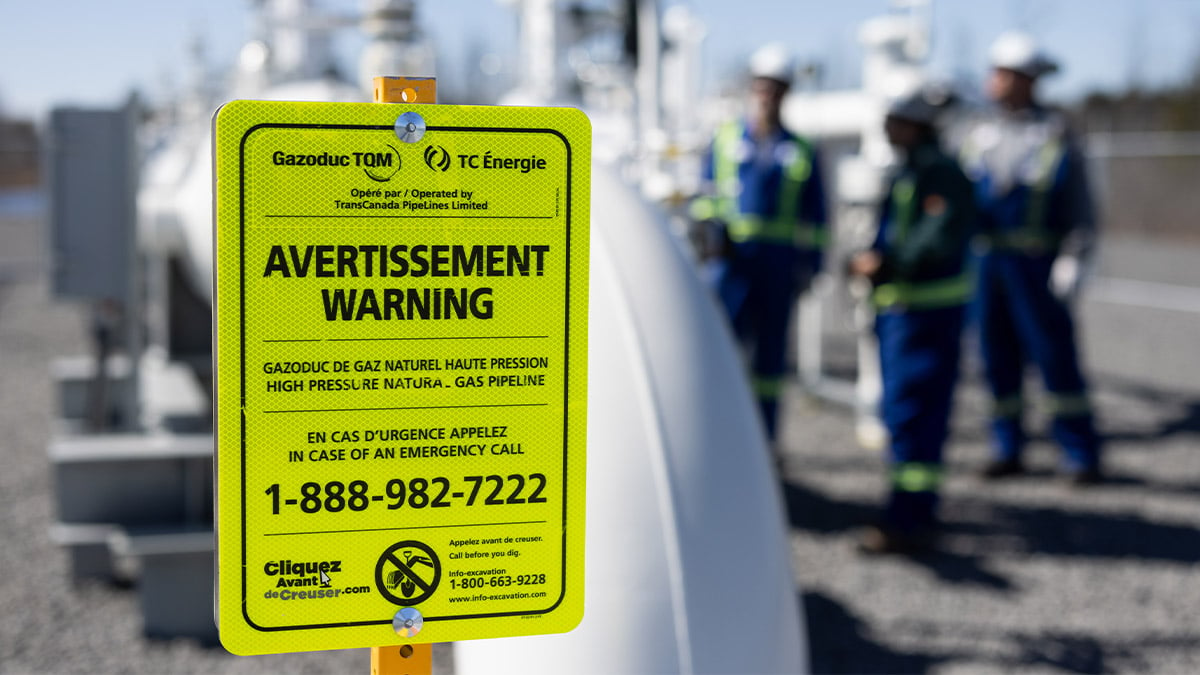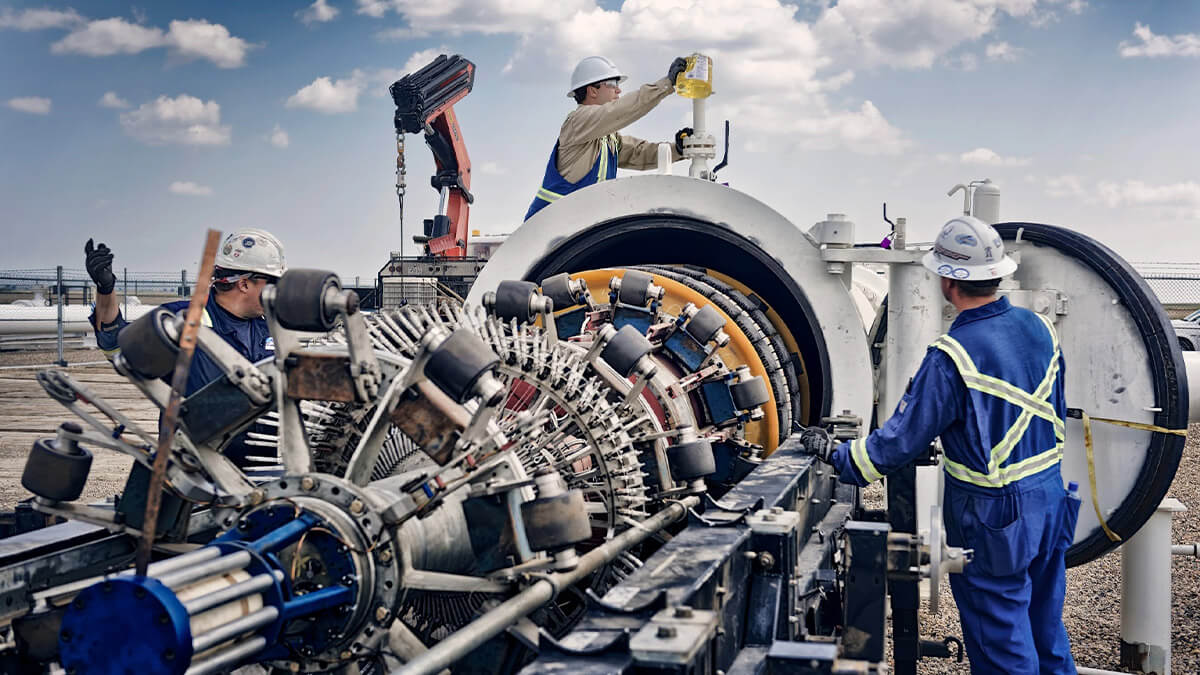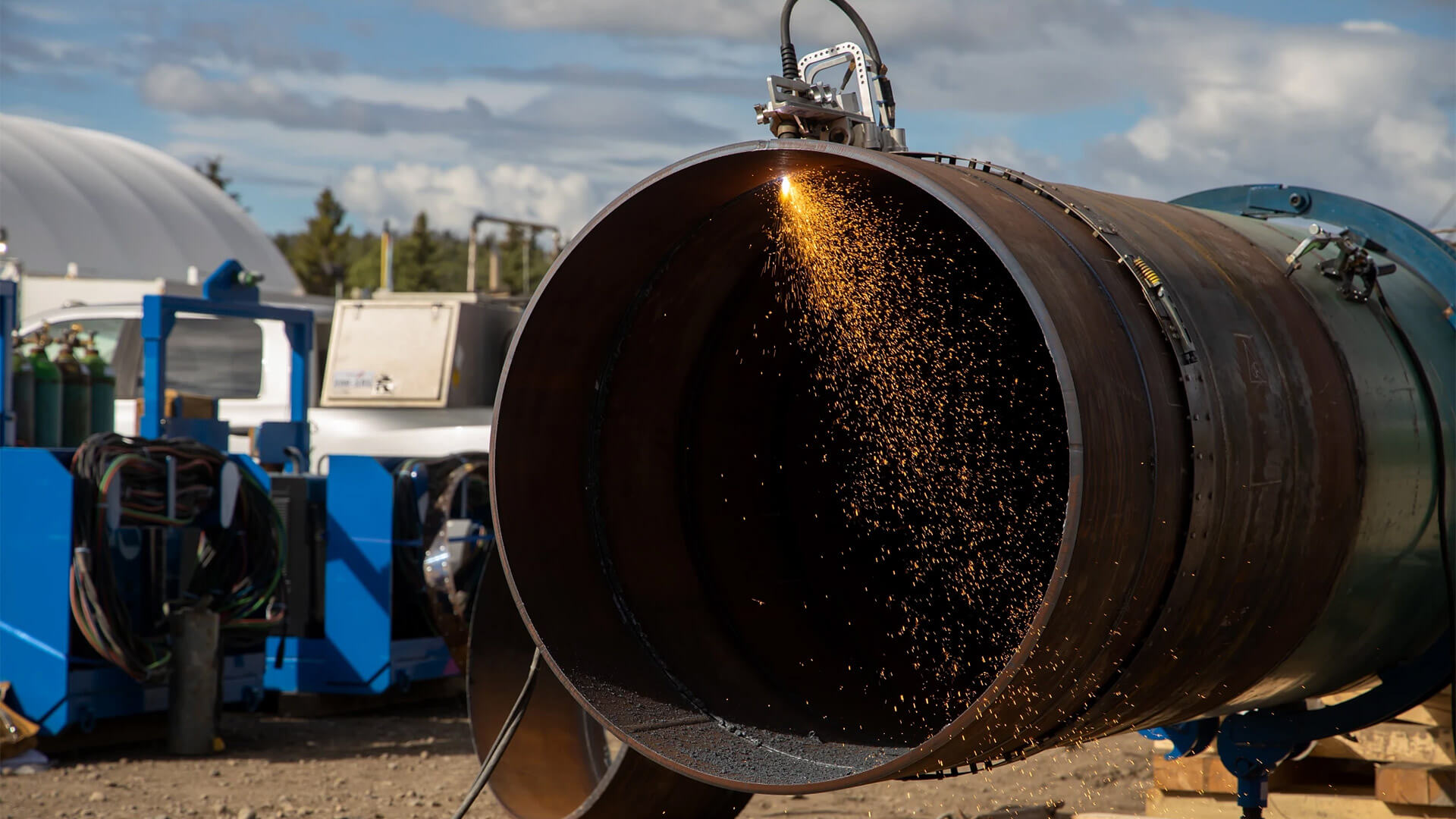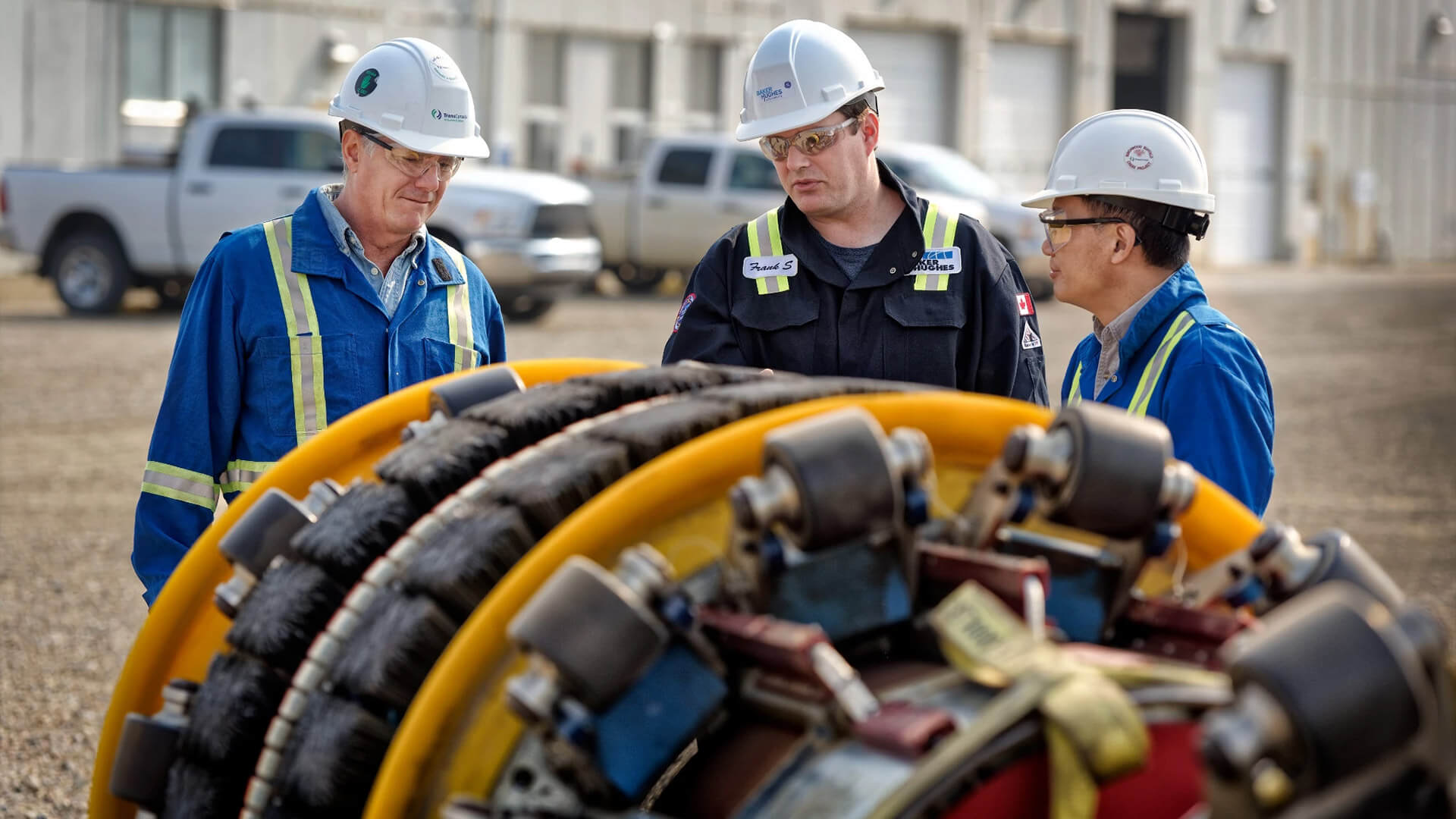
Pipeline Safety
Our goal is for our pipeline and energy facilities to operate safely every day so that the public, our workforce and the environment aren’t affected by an incident involving our assets. Safety is, and always will be, our number one value.
Read more about how to work safely near our pipelines and facilities.
Investing in pipeline safety
We aim for our pipelines and facilities to operate incident-free and to ensure our assets serve our people and communities across the continent for years to come.

One of the best demonstrations of our commitment to safety is our long-standing and ongoing Pipeline Integrity Program. This annual process maintains the integrity, safety and reliable operations of our pipeline systems. Our process includes:
- Risk assessment
- Threat identification and evaluation
- Integrity monitoring to detect pipeline anomalies
- Addressing pipeline anomalies through inspections and repairs
- Additional monitoring, investigative excavation of the pipelines and engineering assessments
- Review and learning.
On top of this program, every kilometre of pipeline, compressor facility is made using proven technology and integrated, industry-leading safety systems. Once constructed, all pipelines and facilities are monitored constantly, whether that’s from inside the pipe, on the ground or from the air.

Preventing pipeline leaks from end to end
Leak prevention is a top priority. That’s why we take significant steps to prevent the chances of leaks before, during and after our pipelines and facilities are in use.
It begins during construction, with each joint of pipe being factory coated with high-performance coatings and carefully transported to the project location. Each individual weld is inspected using radiographic or ultrasonic techniques to ensure the highest quality welding. Qualified onsite inspectors visually inspect every phase of the installation process including lowering the pipe into the ditch, and then backfilling.
Once installed, a low voltage electrical current is applied to the pipeline to prevent corrosion and the pipe is tested with water (hydrostatic testing), pressurized to a higher level than would be experienced during operation. In the unlikely event of an incident, TQM takes full responsibility for emergency response, clean-up and costs.
Proactive detection
24 hours per day, 365 days a year, our Operations Control Centres (OCCs) manage some of the world’s most sophisticated pipeline monitoring technology.
We conduct everything from aerial patrols (using low-flying aircraft and sensitive detection equipment), to geotechnical monitoring and searches for areas where erosion may have washed away the soil covering a pipeline.
In-line inspections are also part of our regular routine. Also known as 'pigging,' (Pipeline Inspection Gauge) these inspections use an internal inspection device called a 'smart-pig' to travel the length of a pipeline to collect data to monitor the condition of the pipeline. When an in-line inspection identifies a potential anomaly, investigative digs may also be conducted to expose the anomaly for further inspection and potential repair.
At the first sign of a potential issue or irregularity, OCC operators stop pipeline flow within minutes, isolating the issue and helping protect the natural environment.

How you can help
- Advise others to contact us before performing any activity that might damage our pipeline.
- Contact us if you observe any drilling, excavating, or blasting in the vicinity of our pipeline that you believe we may not be aware of.
Contact
Call our emergency only line at 1-888-982-7222
For other inquiries or comments, toll free at 1-888-810-8800 or public_awareness@tcenergy.com
Contact
Learn more about pipeline safety
- Frequently Asked Questions (PDF)
- Pipeline Damage Prevention Regulations: What you need to know
- Conducting Activities Safely Near Federally-regulated Pipelines
- CER Pipeline Damage Prevention Regulations – Authorizations (SOR/2016-124)
- CER Pipeline Damage Prevention Regulations – Obligations of Pipeline Companies (SOR/2016-133)
- Administrative Monetary Penalties Regulations